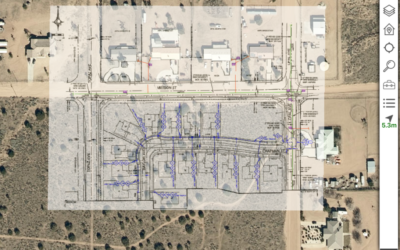Success pillars of software implementation.
John spoke about the three key pillars applicable to project controls software implementation: People, Processes, and Products. Under these pillars, John identified the points that will make the difference between a mediocre project and a great one. This article discusses the first pillar, People. The second and third pillars, Processes and Products, are outlined here and here.
People
1. Sponsorship — Having the right support at the right levels in the organisation is crucial to enable business change activities. You need senior support. Locana can deploy and configure software but if the senior organisation doesn’t enforce behavioural change there may be resistance which will inhibit adoption and frustrate the realisation of benefits.
2. Identify the best resources — Allocate a resource within the client organisation that understands the end goal, that has the capacity and ability to support the project within the customer. Whether this means hiring a new person for the project or using someone internal, the difference between success and failure can often be attributed to the presence or lack of a skilled resource to assist.
3. Organisation readiness — How capable is the rest of the organisation to receive the solution? Often, organisations think they can benefit from the change, but they are not ready for it. Readiness often has to do with the way that leaders communicate their vision and the measurable outcomes of the project – how it will impact users, teams, and the bottom line of the company.
Assessing readiness determines the level of support required. If the organisation is willing to accept and non-resistant it will be a different path to that which will be needed if the teams are unaware of the new solution. Projects will be implemented quicker when the customer is ready to receive the new solution and accepts it. Other factors can slow projects down, or even block them.
4. Training — In the last two steps we’ve identified a gap in knowledge. Customised training can be implemented to fulfil difference in learning styles. Some want to be taught, some want to game, some want to read. Locana can identify the appropriate methods to get the best outcome as not a one size fits all approach. Sometimes organisations have a dedicated internal training capability – Locana can implement a train the trainer approach. Locana can deliver the training ourselves with appropriate multimedia documentation and packaging. The Locana approach is to look at each situation differently and propose the appropriate methods and channels.
5. Support Model — Locana helps identify super users and support champions capable of handling first line support, answering frequently asked questions, or dealing with support tickets. Ensuring the appointed people are in their roles early in the project means they can be involved at critical stages and develop a sense of ownership around the new system. This also helps them to be able to answer the questions WHY something is done a certain way. This, in turn, enables end users to understand the reason for the change and associated benefits.
6. Partnership — Locana implements systems on a day-to-day basis. To use an analogy, when undergoing renovation, in the first instance without experience, costly mistakes are made, that in turn, delay completion. The shared knowledge base and experience of the Locana team can help avoid pitfalls, create an on time on cost implementation project and often provides a more efficient result.
7. Socialise — Locana encourages clients to get out and talk to other similar organisations who have achieved similar solutions. Clients can either find an existing group or create one. The value of shared experience can address the fear of being alone; as a community you are bigger when communicating back to your vendor for example regarding enhancements or roadmaps. You can share workarounds and understand whether a client is unique in their situation.
More information
To find out how Locana can help take your project to a higher level, contact John Bennett on his LinkedIn page.
Conclusion
Locana’s culture of competence and transparency has built an enviable reputation in the UK over the past 30 years. Staffed mostly by permanent staff, the team’s knowledge base is robust because it is comprised of people dedicated to our clients’ success. With customers ranging from 1-2 users to 12,000 users, Locana has a track-record of accomplishment working with a range of software combinations and processes in teams of varying size, scale, and complexity. In addition, Locana is not solely aligned to any one vendor and is truly independent with multi-vendor expertise so is able to advise based on each individual situation depending on the requirements of the organisation.


